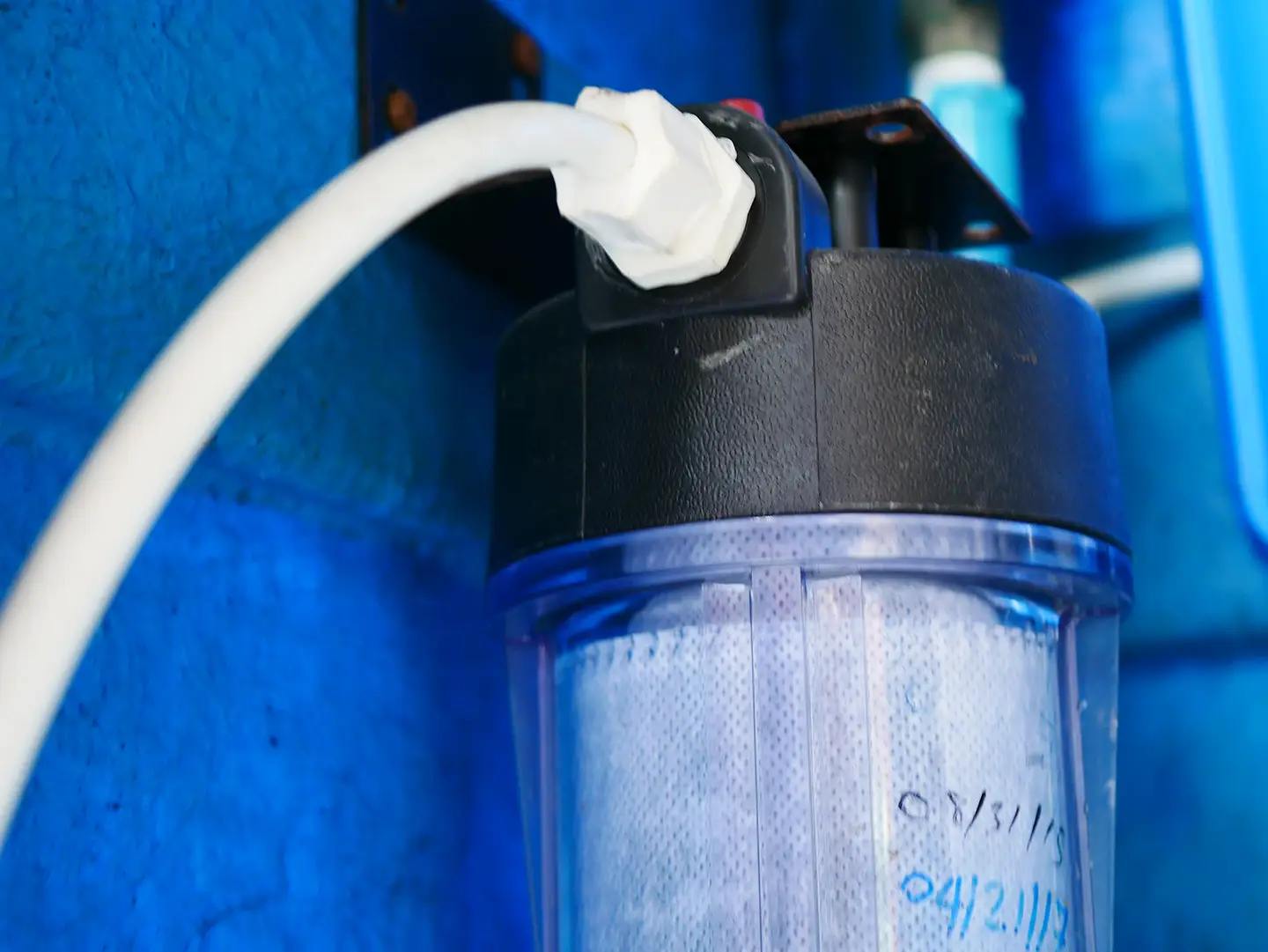Your Water’s Health & Safety
The United States enjoys one of the best supplies of drinking water in the world. However, while tap water that meets federal and state standards is generally safe to drink, drinking water that is not properly treated or disinfected, or that travels through an improperly maintained distribution system, may pose a health risk. Hard water, which contains dissolved compounds of calcium and magnesium or other metallic elements, leaves scale deposits that can clog faucets or shower heads and wear out appliances faster. And many times consumers choose to treat their water to alleviate perceptible concerns like its taste or odor.
WQRF Contaminant Map
The WQRF Contaminant Map shows you what contaminants might be prevalent in your local water supply, which will help direct testing of your home’s water.
Better Water Today Consumer Site
For consumer-friendly information on water, contaminants, and how to ensure the best home water quality.
Water Treatment for Dummies
This simple, jargon-free booklet answers common questions about water testing and treatment options that can improve water quality in your home or business.
Water Quality Importance
The U.S. Environmental Protection Agency (EPA) Safe Drinking Water Act requires municipalities to test water supplies once, twice, or several times per year, depending on the potential contaminants and the size of the population served. Municipalities don’t continuously monitor the water pipes that transport water to homes, so water that leaves the treatment facility can become contaminated by the time it shows up at your tap. Water suppliers are required by law to promptly inform their customers if the water has become contaminated by something that can cause immediate illness. Water suppliers have 24 hours to inform their customers of violations of EPA drinking water standards “that have the potential to have serious adverse effects on human health as a result of short-term exposure.”
How to Find Out More
There are several key resources consumers can access to better understand the quality of their water. If your home is served by a community water system, you are entitled to view a copy of your municipality’s Consumer Confidence Report (CCR). A CCR provides information on the source of the water supplied to your local system and the results of its recent water quality tests. It then compares the test results to the EPA’s health-based standard. The reports are due to customers by July 1 of each year. Small systems will mail the report, but if your community water system serves more than 100,000 people, the CCR must be posted on a publicly accessible web site. Click here for guidance from the EPA on locating your system’s CCR.
Learn about Possible Health Effects
Water quality criteria are developed by assessing the relationship between pollutants and their effect on human health and the environment. A human health criterion is the highest concentration of a pollutant in water that is not expected to pose a significant risk to human health. Access the EPA’s national recommended water quality criteria for human health by clicking here.
Consider Individualized Testing
EPA testing is done at the community level and does not necessarily reflect the quality of the water at your home or business. After reading your CCR or checking the WQRF Contaminant Map, you may wish to test for specific contaminants (such as lead) that can vary from house to house, or any other contaminant you’re concerned about. You may also be concerned over certain perceptible issues such as the water’s taste, odor or appearance. If this is the case, you may consider having additional tests performed through a certified water-testing laboratory. View the EPA’s home drinking water testing fact sheet . Use this link to search for certified laboratories or to reach your state certification officer.
Check for Violations of EPA Regulations
The Safe Drinking Water Information System contains information about public water systems and their violations of EPA’s drinking water regulations. These statutes and accompanying regulations establish maximum contaminant levels, treatment techniques, and monitoring and reporting requirements to ensure that water provided to customers is safe for human consumption.

